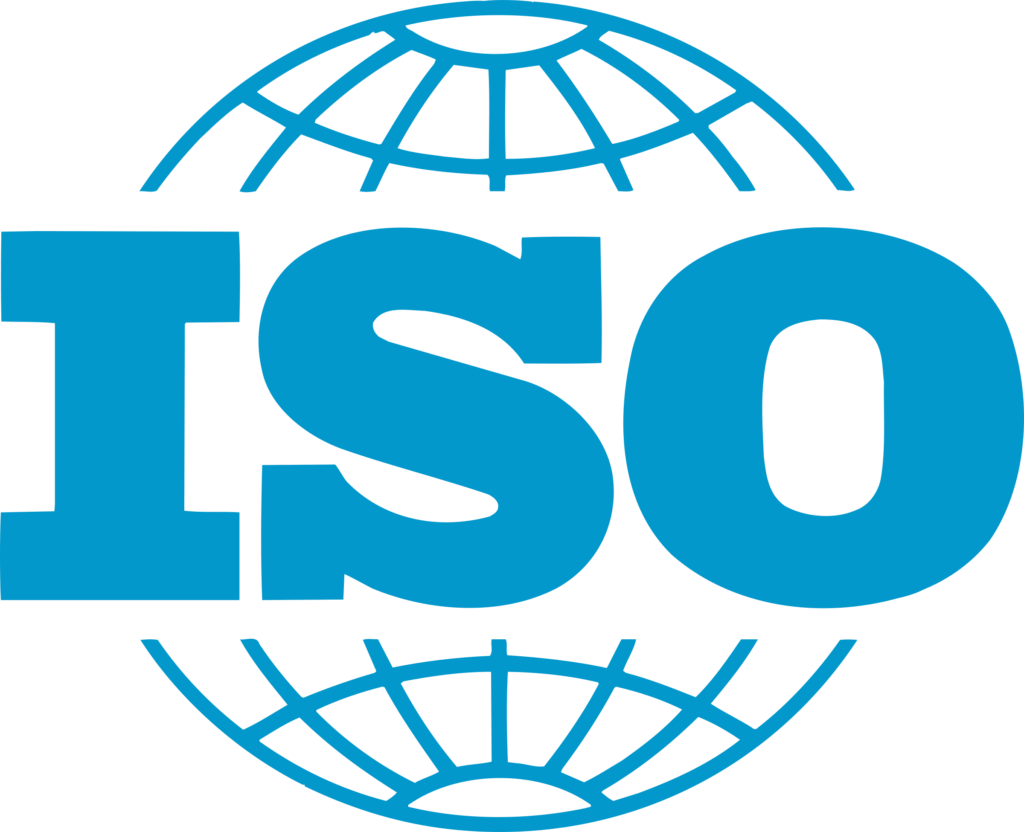Offboarding is the term used to describe the process of an employee leaving your organisation either through resignation, termination or retirement.
If an organisation wishes to provide a consistent experience for employees then taking the time to create an effective offboarding process shows both current and future employees that their contributions are valued.
But just what should be included in an offboarding process?
Process their resignation
Notify HR and any other relevant departments such as IT and security etc. If their departure is a shock then you may need to also process this mentally as well as physically!
Communicate their departure with the rest of the team/department and wider company (if applicable)
Make sure you at least let the rest of their team and wider department know that they’re leaving the company. Chances are they will have already done this themselves, but it’s common courtesy and a good practice for HR teams to get into.
Deciding whether to inform the whole company of a departure will depend on the level of the role in question.
Recover any company assets
Sometimes organisations will forget to recover all company assets before an employee leaves, making it much more difficult to recover them.
To ensure successful recovery of assets it is vital to keep a record of who has what. This should ideally be a process that is in place from the very start of their employment (adding it to your onboarding process is a good idea).
Assets can be anything from computers, keyboards and usb sticks to building access cards, uniforms and mobile phones. It can be highly damaging to the company’s reputation if these fall into the wrong hands.
Submit final pay process
This will often involve not just processing their final salary payment and should also include checking whether the employee should receive any additional payments to compensate for untaken annual leave or any expenses that need to be repaid. It’s also a good time to finalise all the necessary forms to ensure they have the correct tax documents.
Transfer knowledge & train their replacement
If you don’t yet have a new person in place then at the very least make sure that their knowledge is transferred to someone else within the team so that they can train their successor when they begin their employment.
Some things to consider are;
- Their daily work routine
- Any outstanding tasks and projects that need to be completed
- Access to any systems, software and files they use
- Key relationships both inside and outside the company
Perform an exit interview
This is a great opportunity for both parties to give and receive honest feedback about what has worked and what hasn’t.
Even if you think the employee has underperformed during their tenure it’s essential to try and not use this as an opportunity to be overly critical of them. Try to see it as a chance to gain valuable feedback that can help the company improve its processes.
Revoke systems access
A really important step. While most people are decent and would never dream of doing something silly with company data they still have access to, all it takes is one disgruntled former employee to cause a whole load of headaches for the entire business. This is especially important if you are a software company!
I know personally of one person who still has access to their old company systems despite having left the organisation over 12 years ago! And this is from one of the leading software companies in the world.
When you decide to do this as an organisation will often depend on what type of information the employee was working with/has access to. For example in some financial institutions it is common to see your systems access revoked almost immediately after handing in your notice.
Update company org charts & directory
Make sure to update any company org charts and directory entries so that you don’t get current members of staff wasting time looking up details for people or calling numbers that don’t exist.



